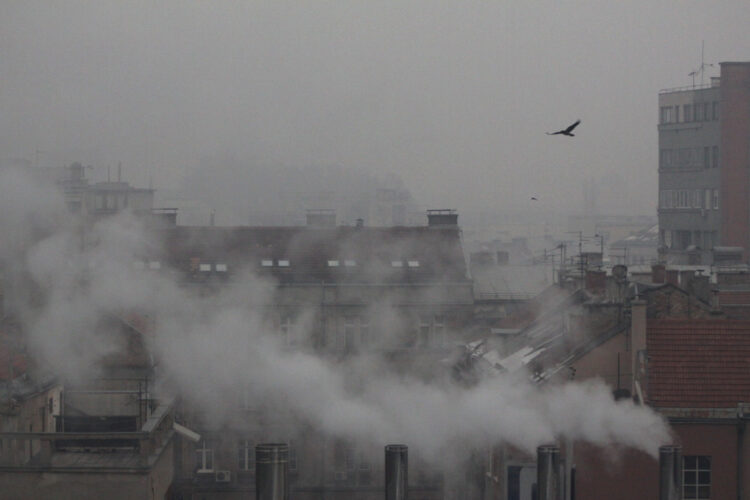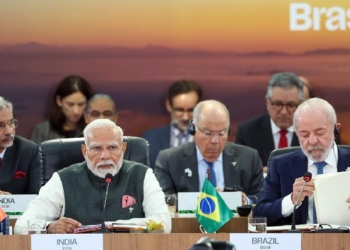New Delhi: Air pollution is shortening lives in the National Capital Territory of Delhi, the most polluted city in the world, by 11.9 years, according to a new study.
As per the Air Quality Life Index (AQLI) report for 2023 by the University of Chicago’s Energy Policy Institute, India is the world’s second most polluted country and Delhi is the most polluted city in the world.
The findings based on PM2.5 data for 2021 derived from satellites showed that pollution in India has increased from micrograms per cubic metre air in 2020 to 58.7 micrograms per cubic metre air in 2021. This exceeds the World Health Organization’s (WHO) guideline of 5 micrograms per cubic metre air by more than 10 times.
As a result, all of India’s 1.3 billion people live in areas where the annual average particulate pollution level.
About 67.4 per cent of the Indian population live in areas that exceed the country’s own national air quality standard of 40 micrograms per cubic metre air.
In 2021, Delhi’s annual average PM2.5 level was found to be micrograms per cubic metre air, which is more than 25 times the WHO guideline of 5 micrograms per cubic metre air, according to the report. In 2020, this figure was found to be a little lower at 107 micrograms per cubic metre air.
“If India were to reduce particulate pollution to meet the WHO guideline, residents in Delhi — India’s capital and most populous city — would gain 11.9 years of life expectancy. In North 24 Parganas — the country’s second most populous district — residents would gain 5.6 years of life expectancy,” the study said.
Further, their findings showed that particulate pollution has increased over time. From 1998 to 2021, average annual particulate pollution increased by 67.7 per cent, further reducing average life expectancy by 2.3 years. From 2013 to 2021, 59.1 percent of the world’s increase in pollution has come from India.
Measuring life expectancy, the researchers said particulate pollution (PM2.5) is the greatest threat to human health in India. It takes 5.3 years off the life of the average Indian.
In contrast, cardiovascular diseases reduce the average Indian’s life expectancy by about 4.5 years, while child and maternal malnutrition reduce life expectancy by 1.8 years.
The report further showed that 521.2 million people or 38.9 per cent of India’s population living in Northern Plains comprising Bihar, Chandigarh, Delhi, Haryana, Punjab, Uttar Pradesh, and West Bengal are on track to lose 8 years of life expectancy on average relative to the WHO guideline and 4.5 years relative to the national standard if current pollution levels persist.
(IANS)














